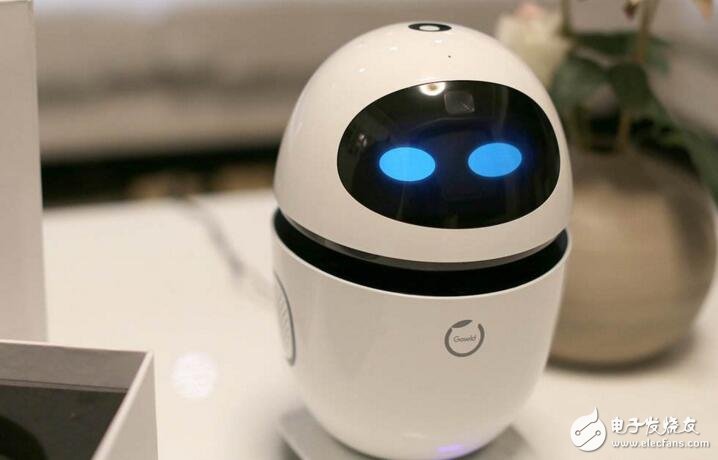At the beginning of 2017, with the development of artificial intelligence, robots are constantly trying to enter people's lives. From the overseas Yelp using robots to deliver food, to the cooperation between the excellent Alpha2 robot and Manchester City Football Club, the robot market seems to be very hot. However, how to find a place in these “popular pets†who are cute and will go away in the consumer application scene has always been a focus of confusion for all parties in the industry.
According to the IDC definition, a robot is an intelligent electromechanical system that is automatically controlled by a computer, reprogrammable, versatile, and has at least three controllable motion axes (degrees of freedom). At present, in the domestic consumer-grade robot market, it is mainly represented by robot products with excellent selection and ability storm. In addition, as the robot market is still in the initial stage of development, a part of the transitional products based on companionship and entertainment functions, such as voice accompanying robots, such as Gongzi Xiaobai and 360, have emerged in the domestic market. Such products have weakened the ability to act and focus on the realization of voice interaction functions, which is an important supplement in the current robot market.

In 2016, China's consumer-grade robots (including voice-assisted robots) marketed nearly 400,000 units, and it is expected to reach 2 million units by 2020.

China's consumer-grade robot market has experienced nearly two years of gestation, and is now gradually moving towards segmentation, with education, companionship and entertainment as the mainstay. Among them, with the gradual rise of STEAM education in China, the development of programmable modular robots in the field of education has attracted much attention in the industry, such as LEGO, JIMU series, Makeblock, etc., which is currently used in consumer robots. A relatively clear category of products for the scene and target population. Expanding product functions, improving channel construction and raising consumer awareness will be the direction for such manufacturers to continue their efforts in the future.
In the field of companionship and entertainment, the realization level of consumer-level robots in terms of environmental awareness, human-computer interaction capability, and motion control capability will become an important prerequisite for future market promotion. The main manifestations are as follows:
Semantic comprehension is an urgent challenge for consumer robots
Like voice assistant software and hardware products, semantic understanding is one of the challenges that consumer robots must face. The human-computer interaction mode will gradually evolve into multi-modal interaction modes such as voice, image, and gesture action. The problem of voice interaction lies in semantic analysis, which is also a key to the real life of consumer robots.
Action ability is the value of consumer robots
The biggest difference between consumer-grade robots and products such as smart speakers and assistants that have emerged in recent years is its mobility. Therefore, the degree of technical realization of products in terms of motion control and environmental awareness directly affects its ability to replace human resources or become an automated service provider. In the domestic environment, household appliances such as sweepers, washing machines, rice cookers, etc. have gradually become independent intelligent individuals, and to some extent, some manpower substitution work has been realized. If these products are regarded as an intelligent network in the home environment, solving the blind spots of action in these traditional household tasks, or improving their mobility and automation based on existing intelligent outlets, they will become consumer robots. In a home environment, the value that can be realized in addition to entertainment interactions.
Scene application is the driving force of the consumer robot market
Scenario application is derived from the generation of demand, and the lack of internal demand in current practical applications is the most urgent external challenge facing manufacturers. In the field of education, the gradual rise of robot training courses has become a typical case in which manufacturers actively create application scenarios to reach the education market and cultivate demand. In other fields, the application of consumer service robots under the existing functions is still unclear, which is one of the important reasons for the current “future†scene of the consumer service robot market. How to mine potential application scenarios or lead the creation of application scenarios will be an urgent problem for robot manufacturers.
Pan Xuefei, senior analyst at IDC China, said: "With the development of artificial intelligence, consumer-grade robots have become one of its important hardware product forms, and have greater mobility than other products. If based on artificial intelligence technology, By opening up the work link in the real space and becoming the action link between individuals, consumer-grade robots will generate greater application value. How to fully utilize this automated action capability in appropriate application scenarios will become the future development of consumer-grade robot market An important breakthrough."
Lightpole Led Display,Street Light Pole Led Display,Led Display Pole Light,Light Pole Led
ShenZhen Megagem Tech Co.,Ltd , https://www.megleddisplay.com
